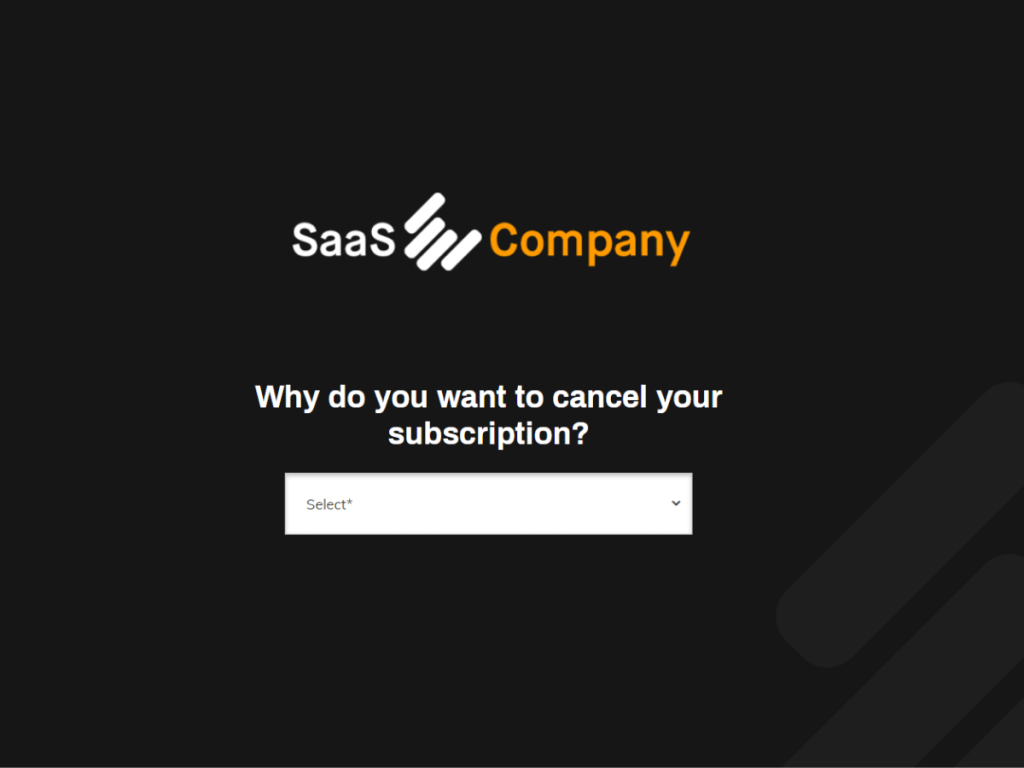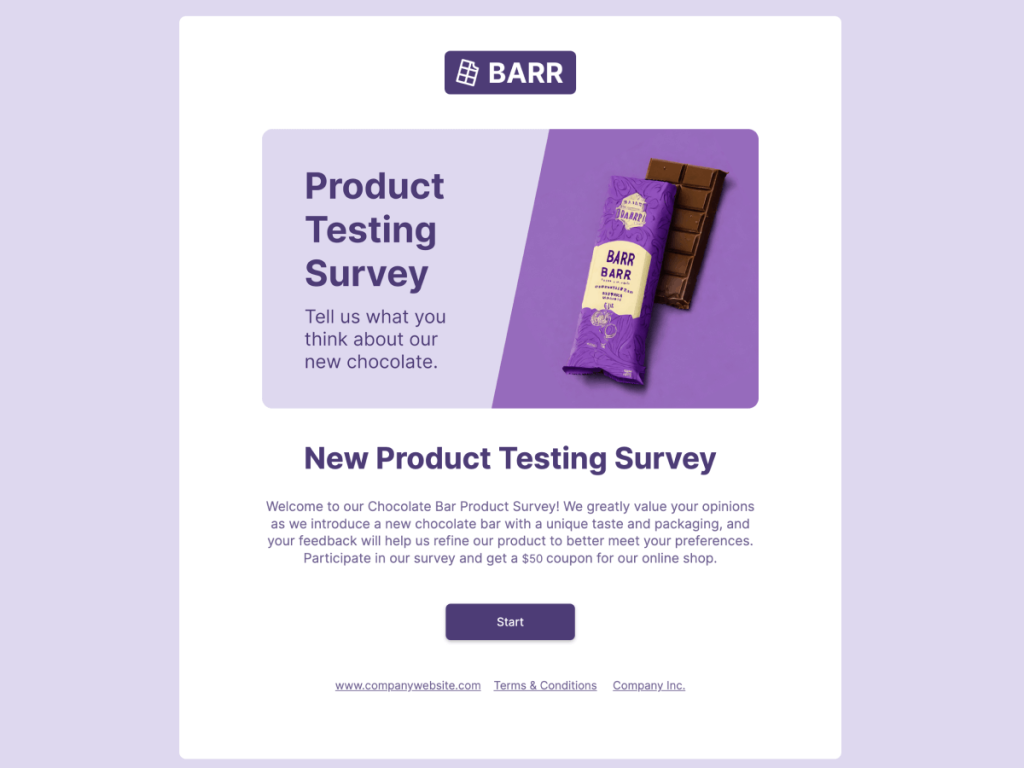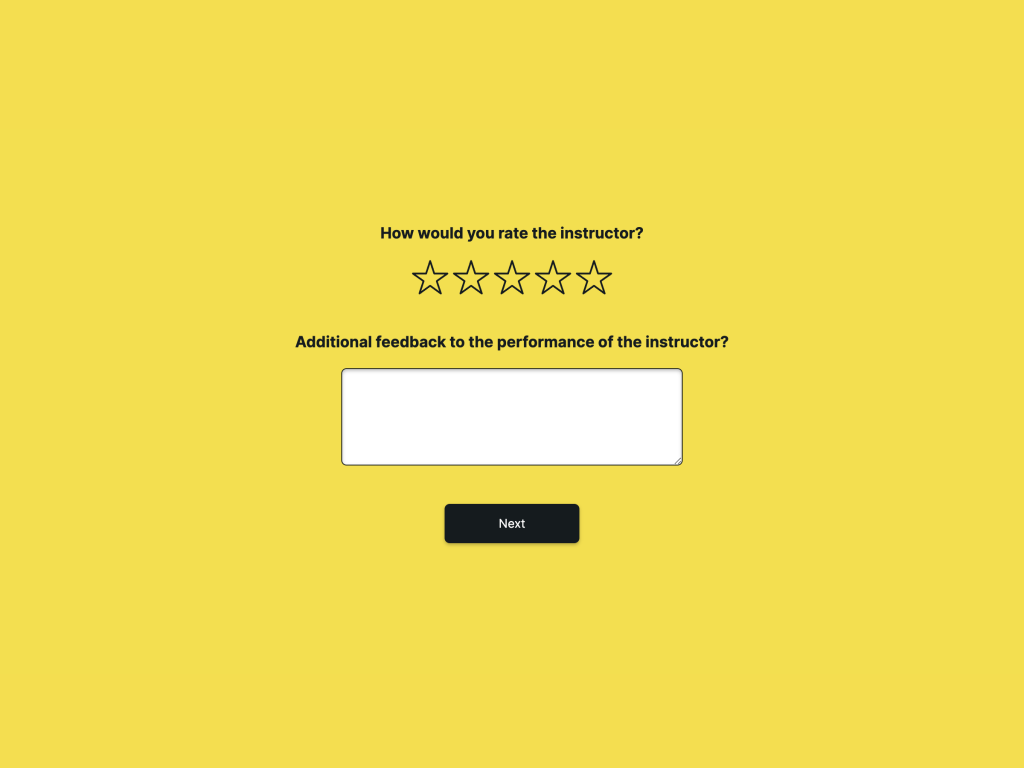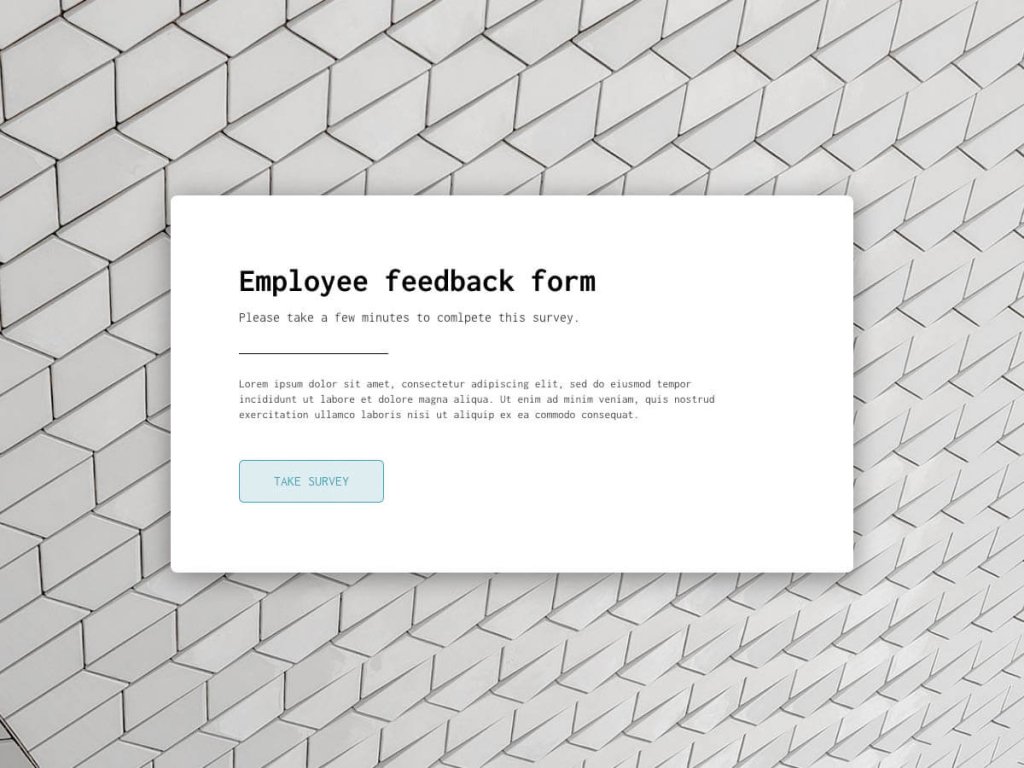Keeping track of how your website is doing is important. But many businesses don’t know which traits and factors they should be keeping an eye on. You want to make sure that the engaging interactive content you have on your site is drawing in the right type of customers.
In this article, we will take a look at what user engagement is and why it matters. Additionally, we will delve into nine essential metrics that will enable you to effectively measure your user engagement in 2025.
What You Need To Know About User Engagement
User engagement is the degree to which any site visitor or potential customer interacts with your organization’s website or social media page. Measuring user engagement provides a comprehensive picture of how people are responding to your content.
High levels of user engagement are a reliable indication that your marketing and content creation strategies are effective. When users repeatedly return to your site, it confirms that you have created an appealing and engaging platform that successfully attracts visitors.
Engage With Interactive Content
Create your own quizzes, forms, surveys
Why User Engagement Matters For Your Business
Monitoring user engagement is a useful tool that allows you to understand how well your content is connecting with your intended audiences.
User engagement analyses can reveal which aspects of your content creation strategy are effective and which ones need improvement. By understanding user engagement, you can streamline and optimize your organization's digital content and technology for better results.
For example, a recent study conducted by GetWeave found that 98% of healthcare providers agree that technology plays a vital role in providing a superior communication experience for patients. This is why medical organizations track user engagement metrics to shape the communication that engages their patients.
Paying attention to user engagement metrics can help you to shape your content toward more enjoyable and compelling user experiences.
Nine Metrics To Measure Customer Engagement
As you trace how much and how well customers are engaging with your organization’s online presence, there are several key features to focus on.
Rates of Conversion
The conversion rate of your content reveals the percentage of users who have directly responded to it. You can measure the conversion rate based on specific actionable goals that customers can complete as a result of engaging with your content.
Let’s say the goal of your website content is to get users to download an eBook or trial program. You can measure conversion rates based on the percentage of people who have completed this action divided by the total number of site visitors to that page.
Net Promoter Score (NPS)
While tracking conversion rates helps you to measure the effectiveness of marketing content, measuring the Net Promoter Score (NPS) provides information about how satisfied your customers are.
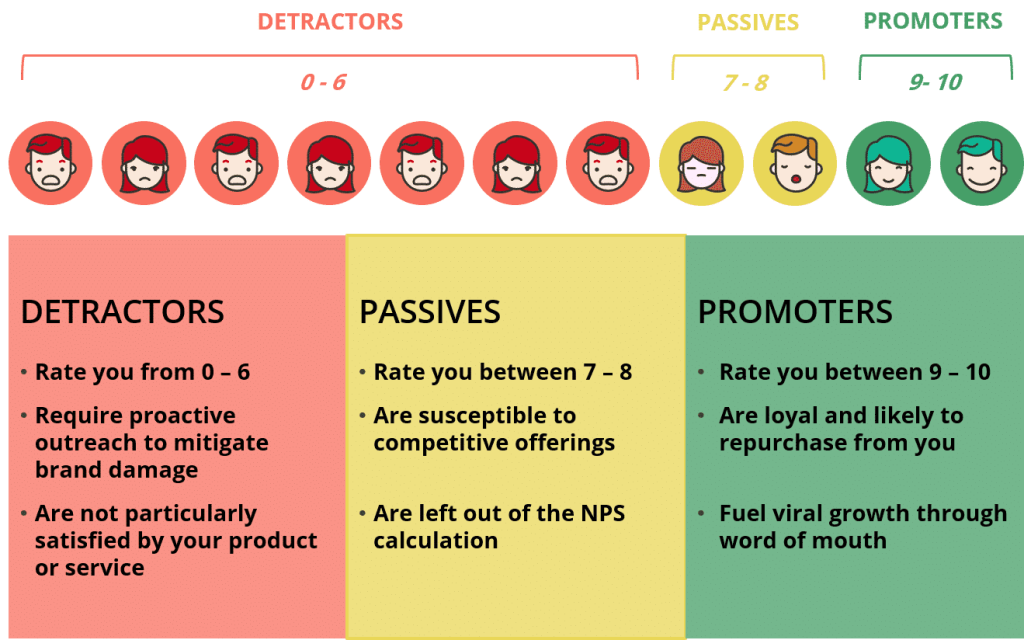
NPS measurement is based on asking customers to rate how likely they will be to recommend your service or product, based on a straightforward scale of 0 to 10.
Create Your Own NPS® Survey
Start with a template code free
Average Session Length
Identifying the behavioral patterns of your audiences can help reveal useful information about how to guide customers toward your intended outcomes.
One key behavior to chart is the average session length. This metric reveals the average time customers spend on your website.
You can upload this metric data into a useful visual analytical tool to easily identify behavior patterns. Look for dashboard templates with features such as advanced data analysis and diverse data visualizations to help you quickly absorb complex information about user behavior.
Tracking the average time users spend on different sections reveals where you can grow, introducing new content and features.
Churn Rate
The percentage of customers who make purchases and then stop using products or services is another key metric. This percentage is called the churn rate. Determining the churn rate can help you gain an understanding of customer satisfaction and your customer’s needs on an ongoing basis.
Tracking the average churn rate can help you to figure out whether and how you can provide ongoing services that are necessary for your customers. This metric shows you where and why your organization will lose some customers and can help you figure out concrete actions to improve your rates of customer retention.
Pages Viewed Per Session
A similar metric that can reveal powerful insights that lead toward actionable adjustments is the number of pages each user views per session.
If your website has a confusing structure, the metric of pages viewed per session can help identify areas that need improvement. Key features, such as online store names and dashboard titles, can help or hinder the seamless flow of a customer experience journey.
Your site should feature engaging and authoritative content that motivates visitors to navigate from one page to another, ultimately leading them to the desired goal, such as product pages or "learn more" buttons.
Stickiness
The opposite of churn rate, the stickiness factor shows you how long customers have ‘stuck with’ your services or products.
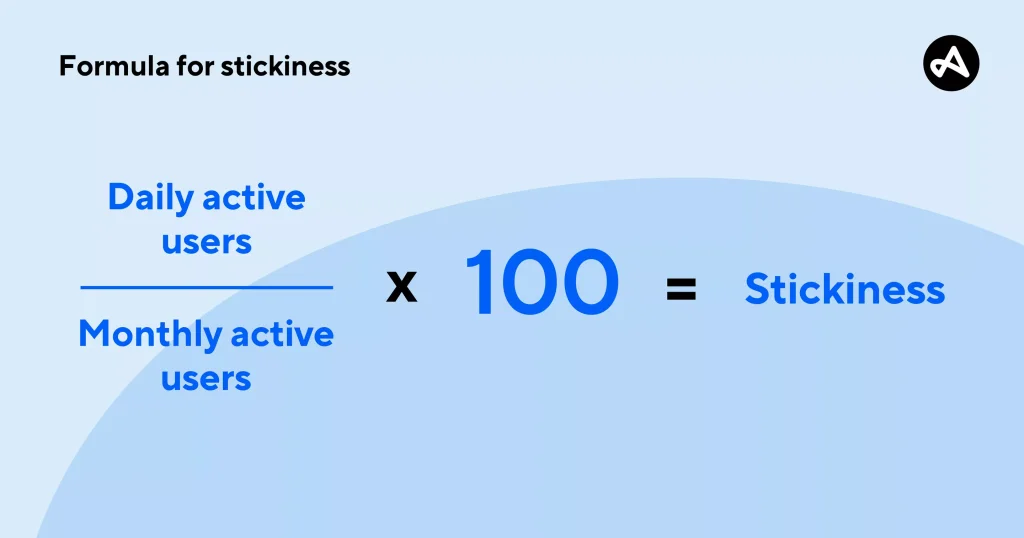
You can use the stickiness metric to help shape your future investments. Hone the focus of content creation towards the pages that keep your customers coming back for more.
First Week User Engagement Rates
Each time you launch a new product, you should track how much of an impact that product makes during its very first week. Tracking the user engagement rates for the first week of each new product tells you which features are desirable for your customers.
Track and compare the differing reactions for the first-week of engagement of different products and services. This provides knowledge of how to allocate your resources going forward.
Social Media Tracking
Social media can prove an invaluable resource, not just for promoting your brand, but also for gathering data about your company. When people post their opinions about your services, products, and customer experience on social media, this is essential data to collect and monitor.
Customer Satisfaction Reviews and Ratings
One of the most potent ways for customers to directly share their satisfaction or dissatisfaction with your company’s offerings is to rate and review your products, services, and company as a whole.
Companies who listen and respond to customer feedback build trust with their customers, which in turn leads to more loyal customers. Tracking customer satisfaction reviews as a user engagement metric allows you to hone your company’s strengths and fortify any weaknesses.
Conclusion
You can use customer engagement metrics to collect customer feedback, assess how long customers are spending on each page, gain insight into how likely customers are to recommend your products and services and determine which products need to be developed further.





